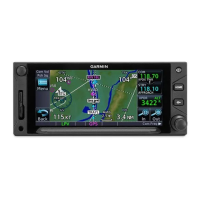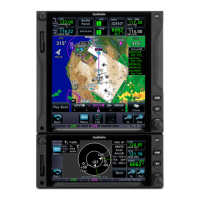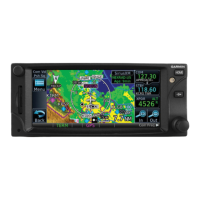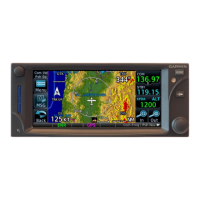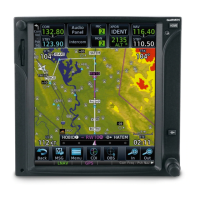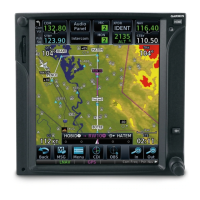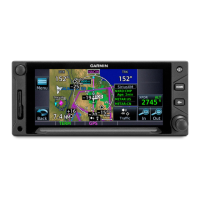10GTN 650: ADDING DEPARTURES, ARRIVALS, AND APPROACHES
To load a departure procedure, the departure airport must be the
rst waypoint in the active ight plan.
Add a departure procedure to the active flight plan
1. On the Active Flight Plan page, TOUCH the departure
airport.
2. In Waypoint Options, TOUCH Load PROC.
3. On the Procedures page, TOUCH Departure.
4. e Select Departure window shows the list of departure
procedures available at the departure airport.
5. TOUCH the name of the departure you want to include
in the ight plan. If necessary, TOUCH the Up and Down
arrows to see the entire list of departures.
6. If the selected departure serves more than one runway, the
Select Runway window appears. TOUCH the name of the
runway you plan for takeo.
7. e PROC–Departure window appears.If the DP includes
more than one transition, TOUCH Transition and then
TOUCH the name of the waypoint that denes the tran-
sition (the last waypoint in the procedure) corresponding
to your clearance.
8. If you selected the wrong departure, TOUCH Cancel and
repeat steps 3 through 8. To preview the departure on a
map, TOUCH Preview.
9. To add the departure to the active ight plan, TOUCH
Load Departure.
10. e Active Flight Plan page appears with the departure
name and waypoints above the Enroute section of the
ight plan.
Activate a departure procedure
When you load a departure procedure, the rst leg of the proce-
dure from the departure runway is the active leg. Aer you take
o, the GTN provides guidance to the rst way-
point and then sequences through the remaining
waypoints in the procedure.
Note, however, the rst leg of a departure pro-
cedure may be a heading leg or a climbing turn to
a specied altitude. e GTN cannot provide lat-
eral guidance along such legs, and if your GTN is
not connected to an external baro (altitude) input,
you may need to manually activate a waypoint or
leg at the appropriate altitude to begin automatic
sequencing through the departure waypoints.
When a departure procedure includes a head-
ing leg, the GTN will show the label Vectors or
MANSEQ. A heading leg labeled MANSEQ is
complete when you join that leg. To continue y-
TIP
Departure procedures often contain heading legs (spe-
cific courses to or from a waypoint) and legs that end
at an altitude, not a specific waypoint. These may re-
quire extra touches to unsuspend the GPS. To learn
more about these different leg types, see “6.14 Points to
Remember for All Procedures and 9.7 Flight Plan Depic-
tion” in the GTN 625/635/650 Pilot’s Guide. Addi-
tional details are available in GNS 400(W)/500(W)
Series and GTN 6XX/7XX Series Instrument Procedure
Leg Awareness (available from Garmin). Also review
how your autopilot and other equipment handles these
leg types.
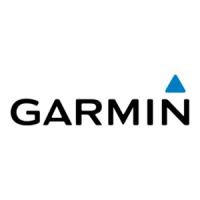
